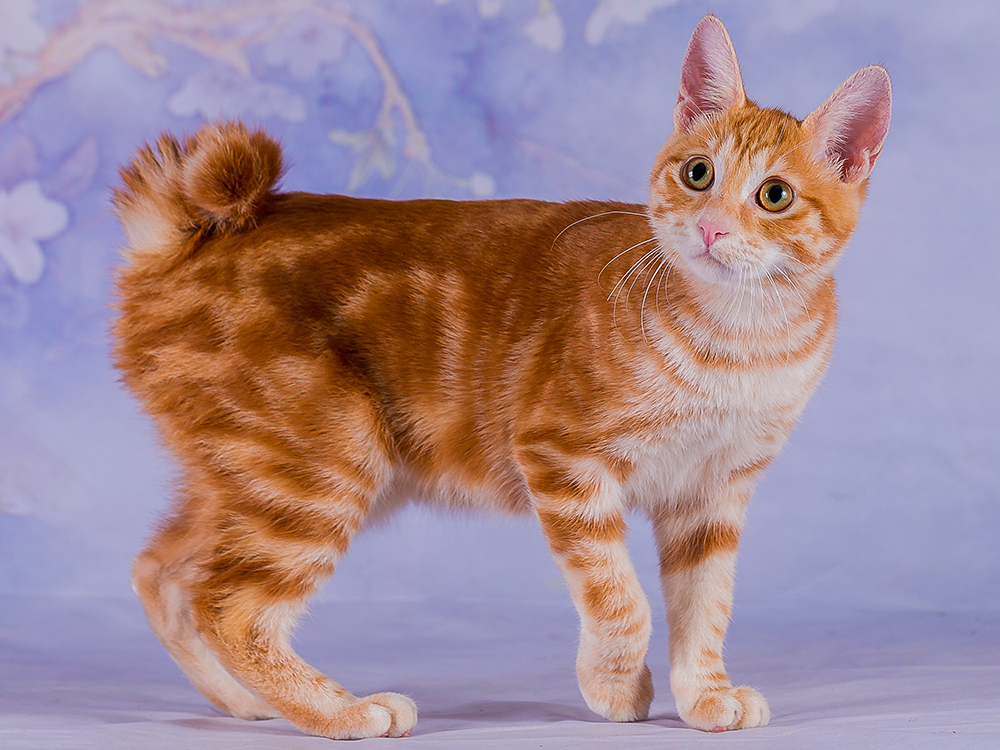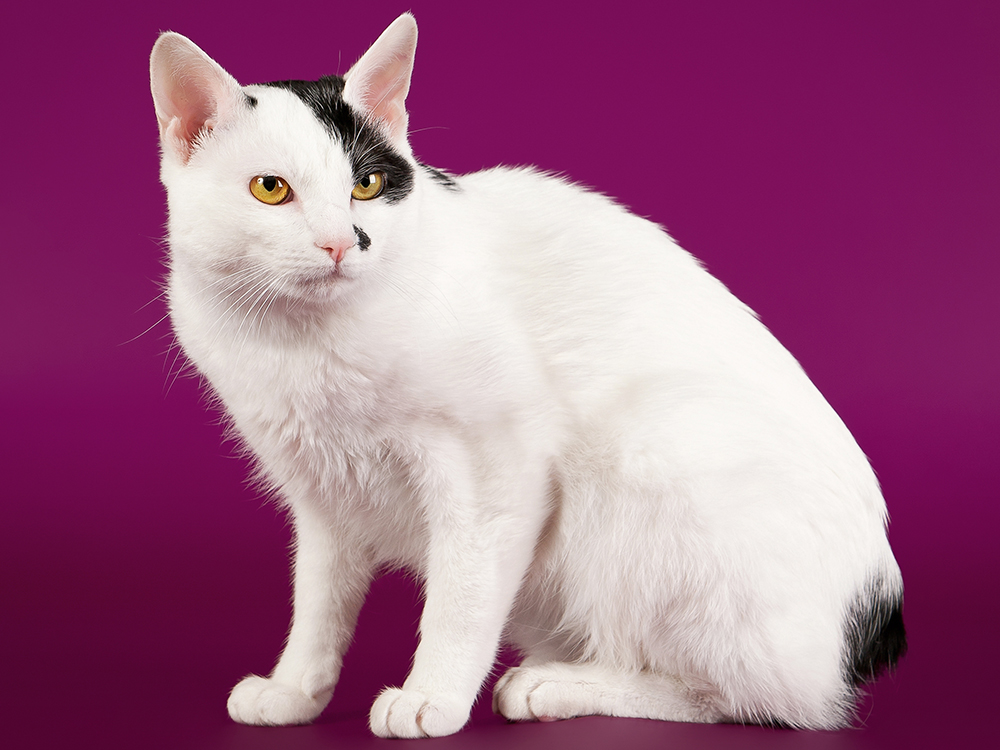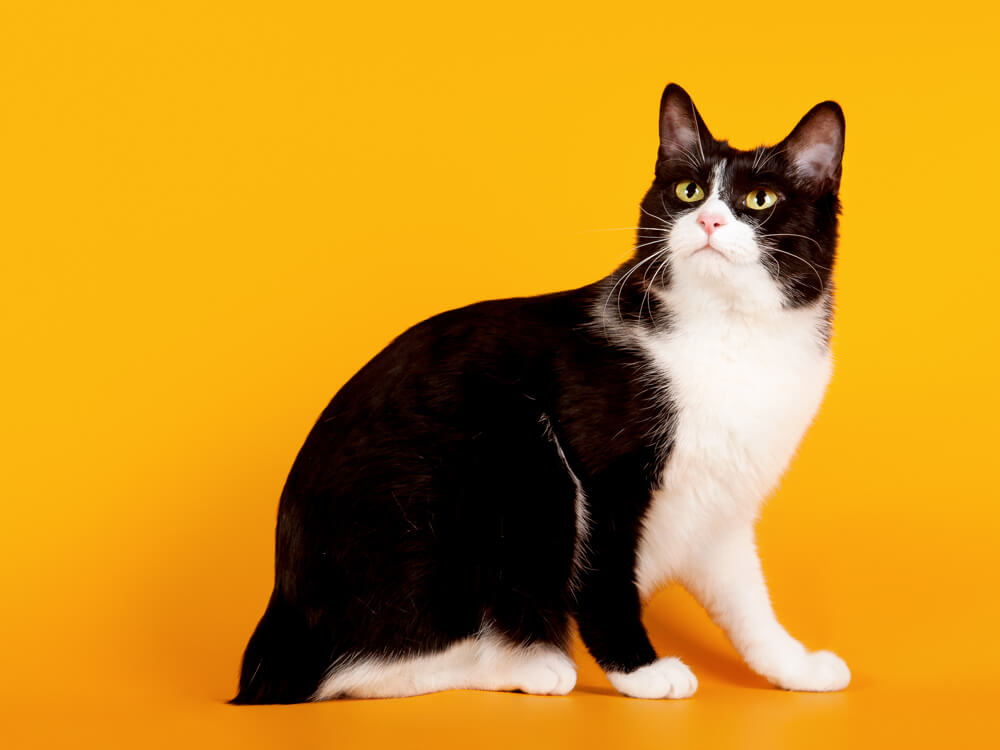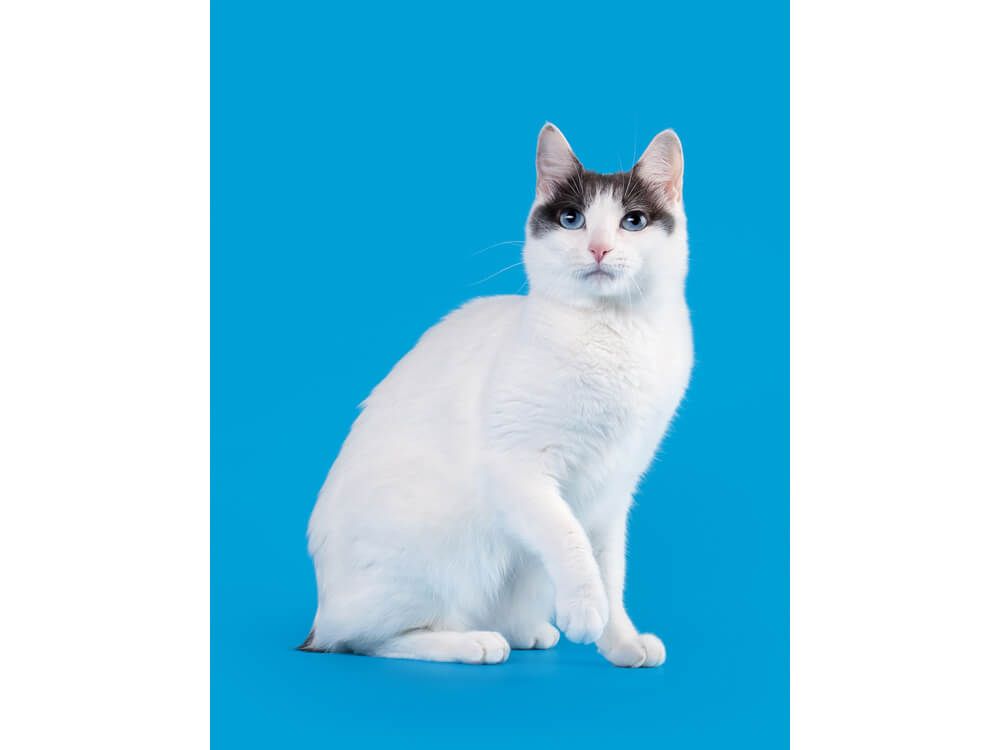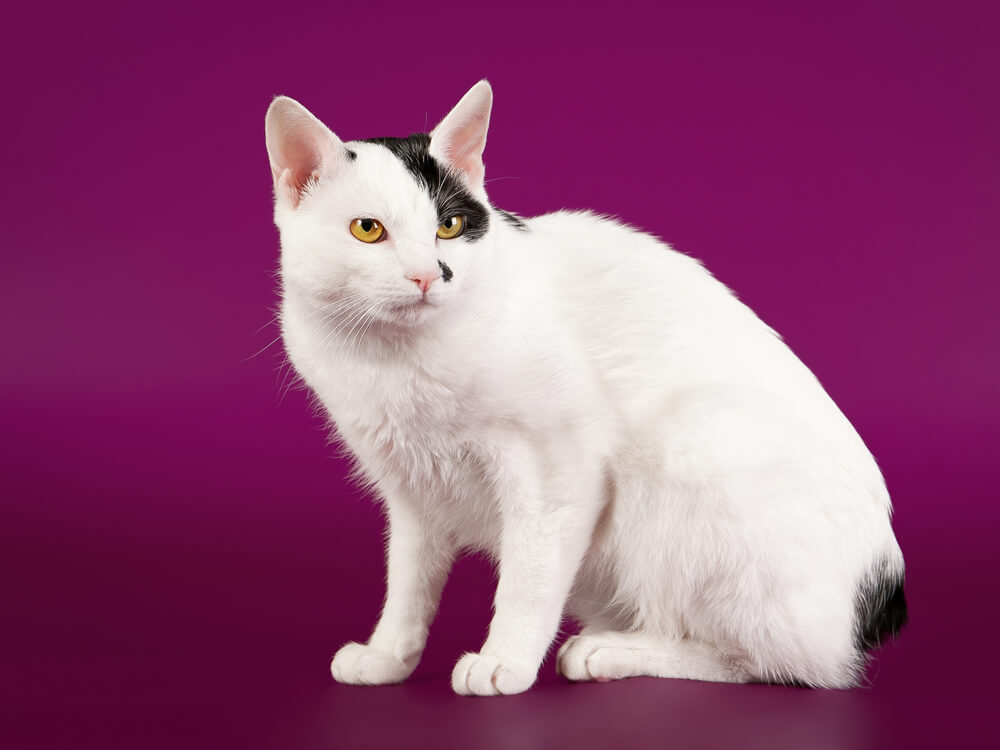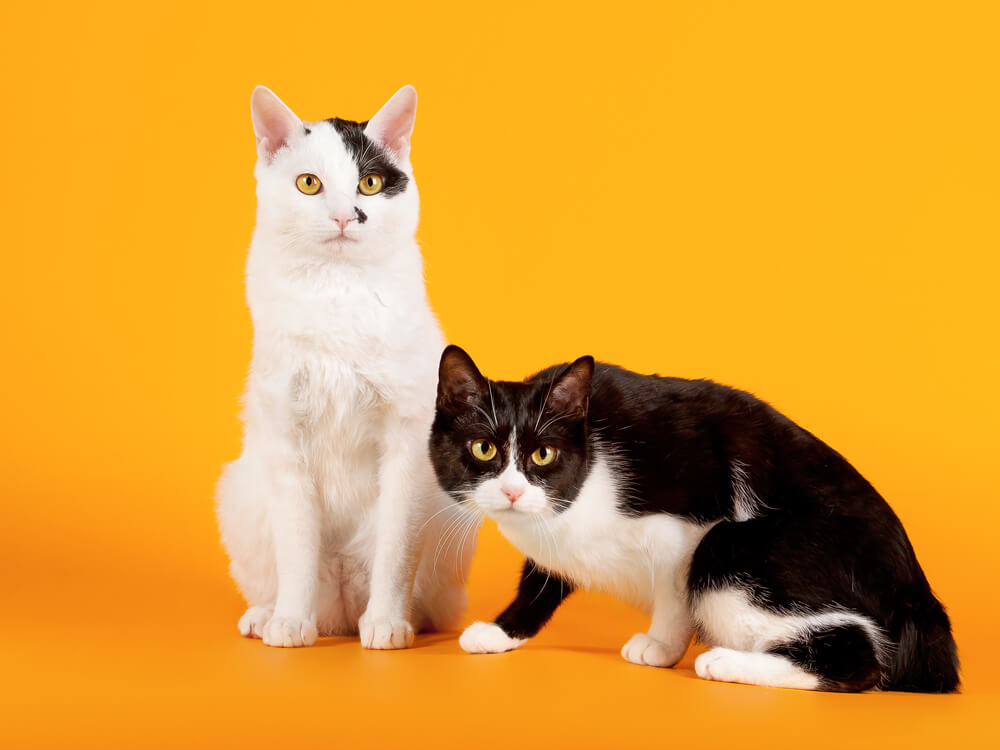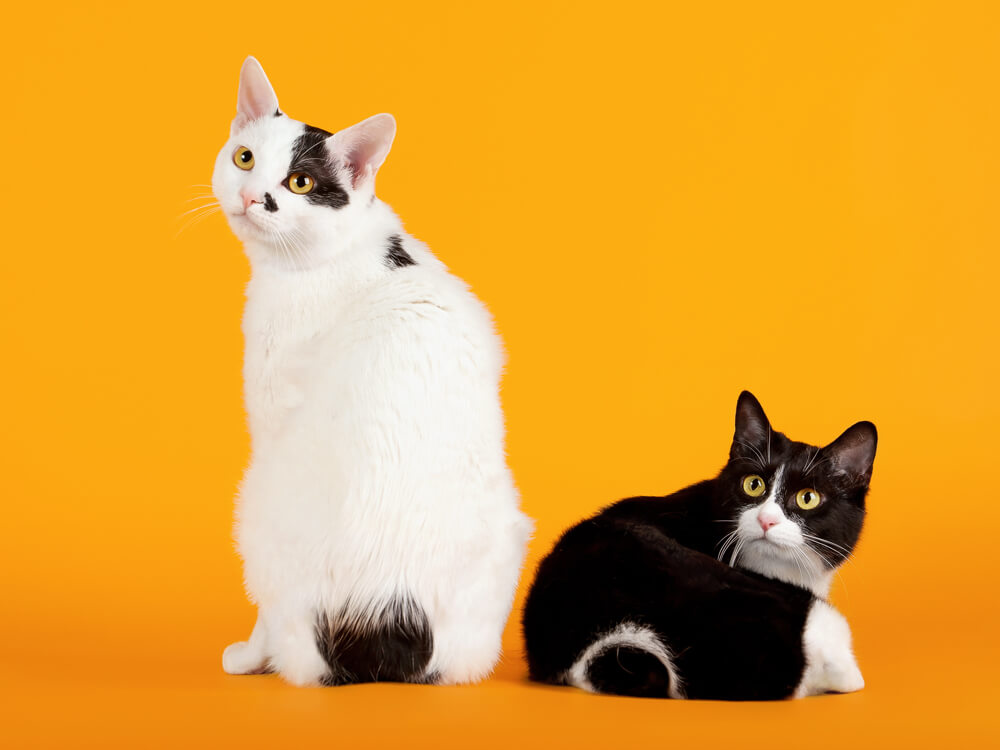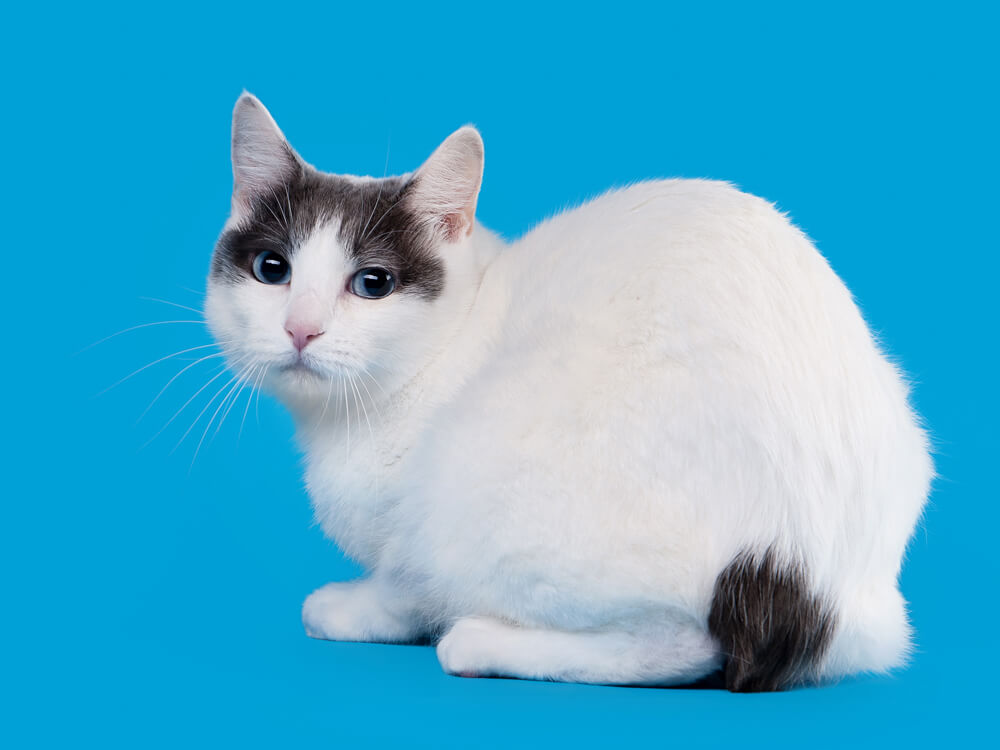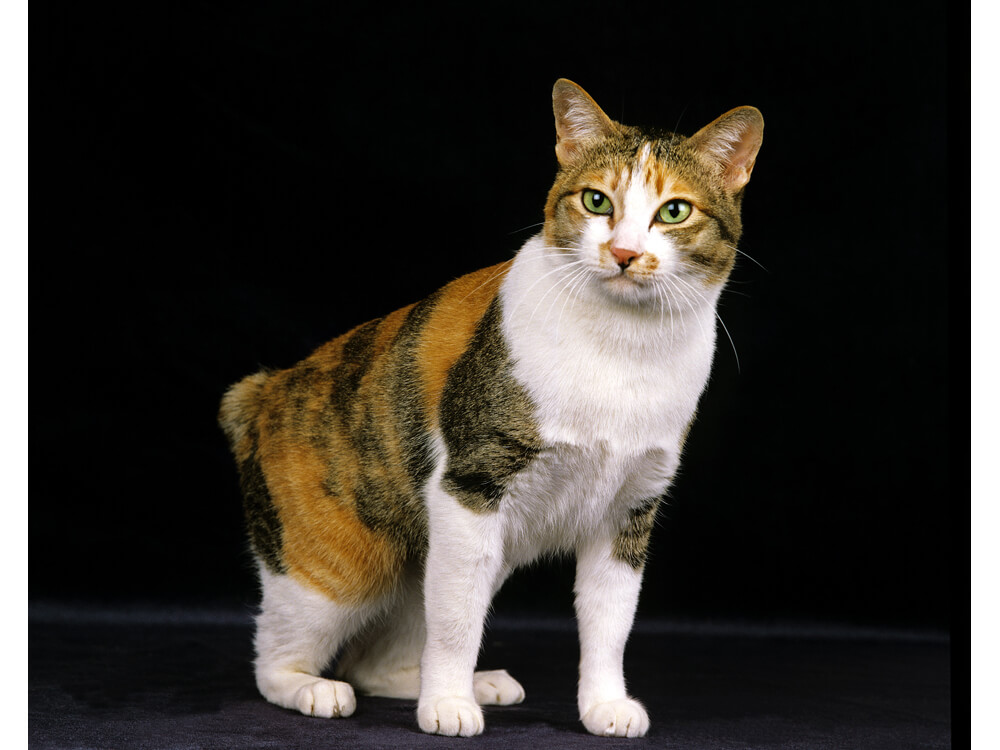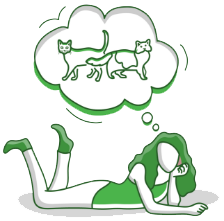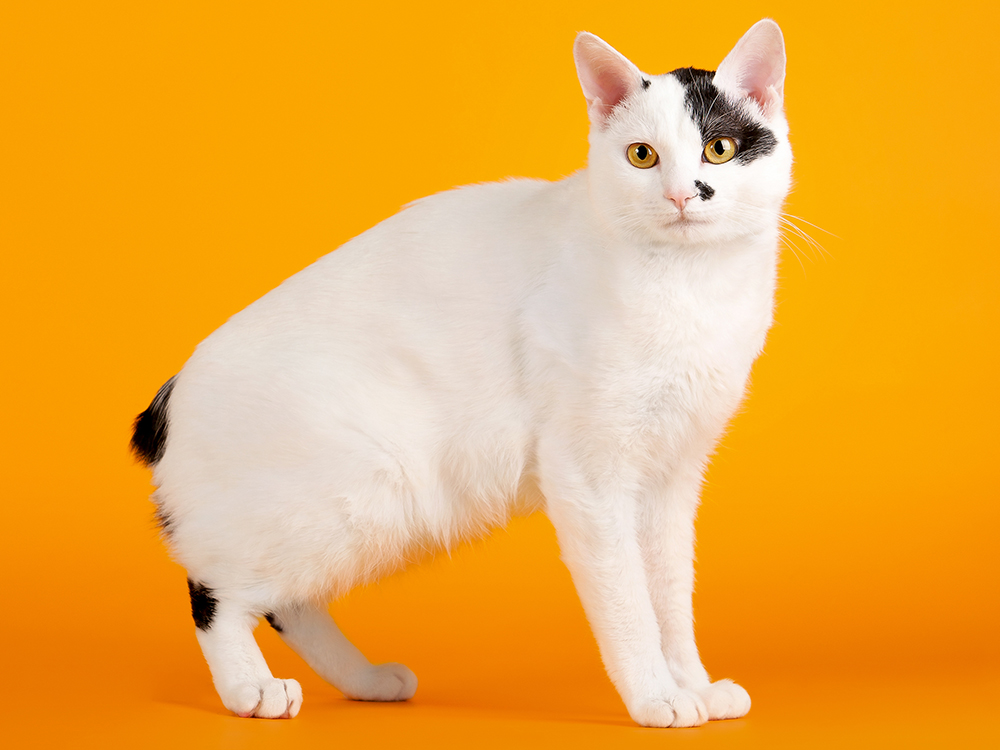
Japanese Bobtail Breed Pictures
Vital Breed Stats
| Weight: | 3 - 5 kg M | 3 - 5 kg F |
| Life Expectancy: | 12 - 15 years |
Breed Characteristics
| Size: |  |
| Grooming: |  |
| Trainability: |  |
| Good with Children: |  |
| Good with other pets: |  |
| Affectionate: |  |
| Active Level: |  |
Give a thumbs up if you love the Japanese Bobtail

0
More About the Breed
History
Similar to the other ancient breeds, the Japanese Bobtail is surrounded with legends and traditions. It is amongst the oldest breeds that can be dated back to the 15th century. Forms of art such as writings and paintings depicted the Japanese Bobtail including the longhaired ones. Although some folks would say that in 999AD, the cats arrived in China but with restricted ownership. It can only be acquired to the aristocracy for around five centuries.
In the late 1960s, a group of American military officers serving in Japan discovered its existence. Elizabeth Freret, an American breeder, brought three shorthaired cats into the US and initiated the first breeding programme. The breed then was initially recognised in 1971 by the Cat Fancier’s Association (CFA) and gained its full Championship status in 1976. As it gained more popularity along the years, the Japanese Bobtail longhair was accepted for registration in 1993 by the CFA. The International Cat Association (TICA) recognised the shorthaired Japanese Bobtail to enter for competition in June 1979. It was only in March 1991 when the longhaired cats were finally recognised.
Appearance and Grooming
Both shorthaired and semi-longhaired Japanese Bobtails are medium-sized cats with females that can weigh 5-7 pounds whilst males weigh 8-10 pounds.
The Japanese Bobtail looks simple with grace having long and slender legs. Its hind legs may be noticeably longer than its forelegs with proper angle. Due to its strong built hindquarters, this feline is capable of easily leaping to great heights. It has oval-shaped furry paws.
Its ‘bobbed’ tail is one of its defining features hence the name, Japanese Bobtail. Unlike the American Bobtail and the Manx, this breed is not completely tailless. Instead, it has a very short tail vertebra, and similar to the Kurilian, no two tails are alike. It appears unique in a pom-pom style that can be curves, angles or kinks. As for the longhaired cats, its pom-pom appearance looks as beautiful as the full-flowered chrysanthemums. The hair on its tail is normally longer than the body resulting to fluff.
Further, it is beautifully gifted with chiselled cheeks that complement the head to form an almost perfect equilateral triangle. It has eyes that appear large and round with a wide-awake expression. The look is completed with large and upright ears but at the right angle and not flaring. The eye colour may vary depending on the coat colour. It may have two different eye colours (odd eyes) or blue that is often seen on a white coated feline.
The shorthaired and semi-longhaired Japanese Bobtail both appears soft and silky with no visible undercoat. The traditional Japanese Bobtail was mainly white with splashes of red and white. In general, its pattern may be self (solid colour), tortie pointed, tabby, and bi-colour. The colours may be black, blue, brown, red, silver, and white.
This breed requires less grooming with only twice-weekly brushing or combing. You only need to give grooming more attention when it sheds its winter coat. Further, follow basic grooming such as regular nail trimming, teeth brushing, and ear cleaning. The earlier these grooming routine is introduced, the better.
Temperament and Intelligence
The Japanese Bobtail is active and very expressive. It is unsurprising that Japanese legends mention that this breed can sing as it is adept at producing a whole scale of vocal tones. Owners would find this feline constantly talking to them.
Further, it adores the company of others especially the owners. As such, it gets on well with other pet animals such as other cats and dog breeds that are good with cats. It is also a child-friendly feline making it a good choice as a family pet. As it thrives for interaction, when left alone it is best to provide it with the company of others.
It is also an intelligent, playful, and fearless breed. Oftentimes, it loves playing with water, unlike other cats. It is very curious and would love to explore. It is common for it to bring you ‘little presents’ after a good time of exploring.
Nutrition and Feeding
The Japanese Bobtail cat should be provided with a nourishing diet that fulfils its nutritional needs. It should be consistently given the same food following the same feeding schedule. If there are changes to its diet, those must be done gradually to prevent digestive problems.
The serving portions should depend on the cat’s weight, age, and activity level. Its diet must include at least 25% protein and just 5% carbohydrates.
Health and Exercise
- Hypothyroidism
- Diabetes
- Kidney Failure
- Obesity
Cost of Ownership
As it remains rare outside its native home, it is unlikely to find Japanese Bobtail breeder; acquiring one takes considerable time. On an average, a pedigreed Japanese Bobtail kitten will cost anywhere between the estimated cost of £460-£770. Details on monthly costs of caring for one and specific costing largely depend on the area and the special needs of the said feline.
Is a Japanese Bobtail Right for You?
- It makes an outstanding companion as they are very playful and expressive.
- It requires minimal grooming.
- With an outgoing personality, the Japanese Bobtail gets along well with children and other pets, even dogs.
- This feline is easy to train and is a great jumper.
- It thrives for interaction and company.






